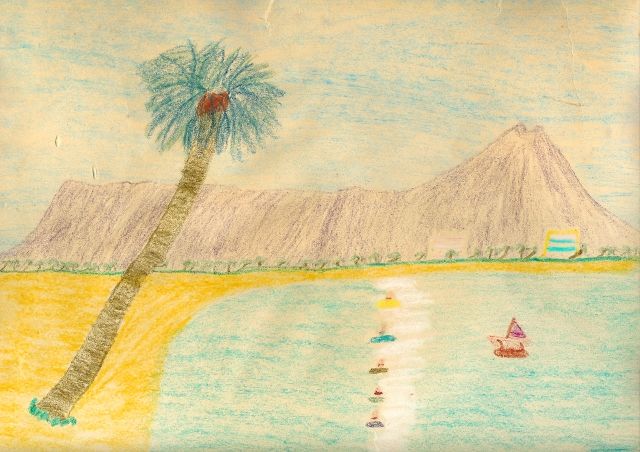Through the Years
- The Brownie
- The 126
- The 110
- Army Years - Part 1
- Army Years - Part 2
- Army Years - Part 3
- Army Years - Part 4
- Army Years - Part 5
- Army Years - Part 6
- Working in a Photofinishing Lab
- Industrial Era - Part 1
- Industrial Era - Part 2
- The 2nd Career
- Into the Fine Arts - Part 1
- Into the Fine Arts - Part 2
Photography Hardware
Processes and Projects
- Main workshop page
- Camera Building
- Pinhole camera
- Camera obscura
- Cyanotype project
- Sabattier effect
- Posterization
- Time Shifting
Photography Galleries
Photography Class Galleries
Links
Into the Fine Arts
I always liked to draw, especially mechanical things, so it's really no surprise that I eventually became a mechanical drafter. When I was in high school I wanted to take an art class but it was the dark ages and art clesses, like cooking classes, were designated "girls only." There was a "boys only" drafting class but I was told that was for future engineers or architects and, according to my couselor, since I wasn't "college material," it wasn't open to me. I just kept drawing and diagramming in my notebooks.
During my army years I sketched, usually copying one of my scenic photographs, and post-army I continued sketching a bit. I was chatting with a new co-worker in the Photofinishing Lab who had been to a real art school, Chouinard Art Institute, and she asked me to bring in one of my sketches. I don't remember what I brought in but it was on some plain piece of paper, drawn with a standard, yellow, No. 2 pencil. The next day she comes in to work and gives me a nice piece of paer, a Berol 314 pencil and a kneaded eraser. Wow, the right material can make a difference.
In the fall of 2015, a few years after retirement, I looked around for a drawing class, and ended up enrolling in an art class at Montana State University, Billings. I found out that I could receive a tuition waiver due to my military service but was required to pursue an degree, so, instead of just taking a drawing class, I started with the introductory course and continued on the path toward a Bachelor of Fine Arts with an emphasis in drawing and painting. The program offers photography and I have, as of this wwriting, take both Photography I and II. The former is film-based and the latter is all digital although there is plenty of opportunity to mix the two.
Although the school has a good darkroom, it was more convenient for me to use my own so I got it in good working order, reestablished a workflow, and produced some technically adequate work. What is different about these classes from the photography courses I took back in the 1980s is that rather that a commecrical focus, it is more conceptual. What the artist trying to say is as important as how they are saying it. The assignments in my former classes used prompts that had a technical focus: exposure, contrast, depth of field, push and pulling film development, or concentrated on specific, commercial topics such as potraiture, lighting, etc. While the art classes encompass this as well, the actual prompts are broader, more thought provocing, with an emphasis on creating a narrative. While able to tackle pretty much any technical issue, producing work with a conceptual context was a new way of approaching an assignment.
In Photography I, I did one assignment where I used shadows as my subject, dealing with the opposite of what we look for in a subject, that is, reflect light, to places where the reflected light is blocked. These are a few examples:
 |
 |
Another assigment challenged us to record a sense of place with a series of photos shot while standing in the one spot.
 |
 |
In creating a series that forms a narrative, I thought back on the work of Duane Michals who I remembered seeing back in the 1970s.
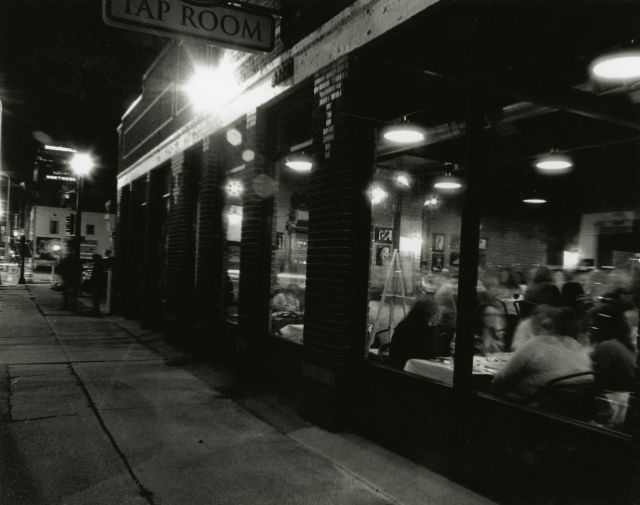 |
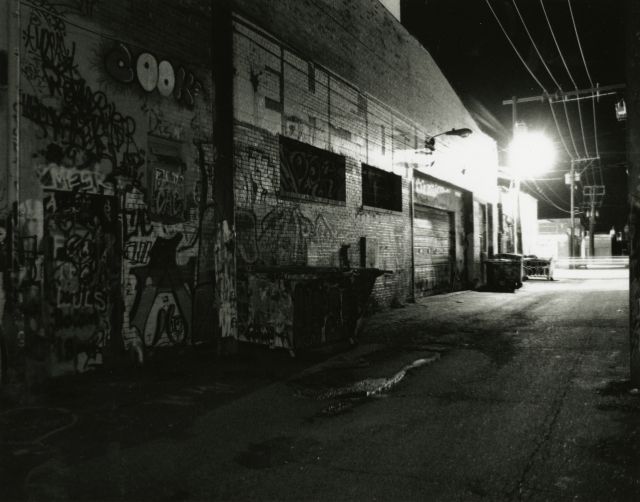 |
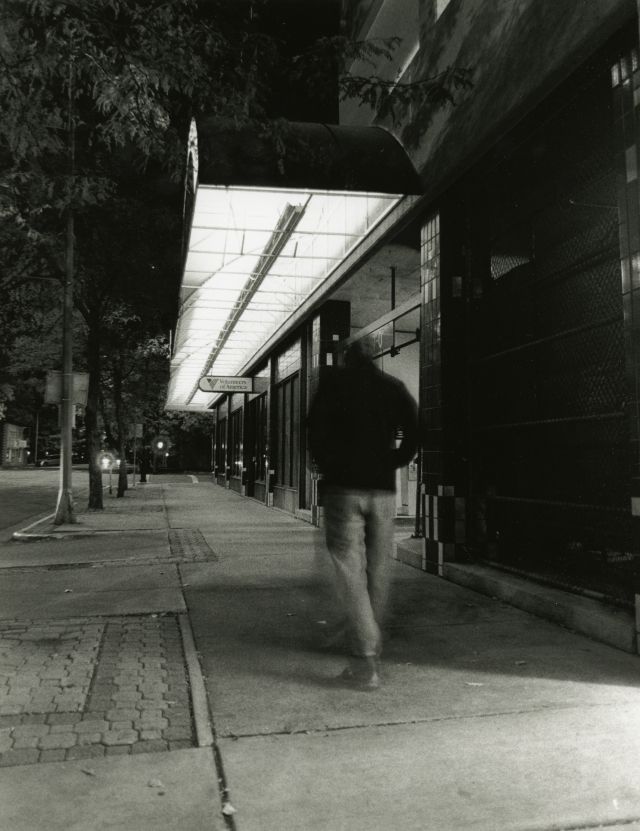 |
 |
In a final series I wanted to address how muscle memory is developed across my many hobbies, interests and passions. To that end I created a series showing my hands engaged in a number of activties that certainly do lead to the development muscle memory over time. One of the challenges of this assignement was to get each show set up, get myself into position, and make the exposure with the self-timer. I shot a test roll in 35mm and then did the final shots with a medium format Mamiya 645 camera on Ilford Pan F film developed in Rodinol.
 |
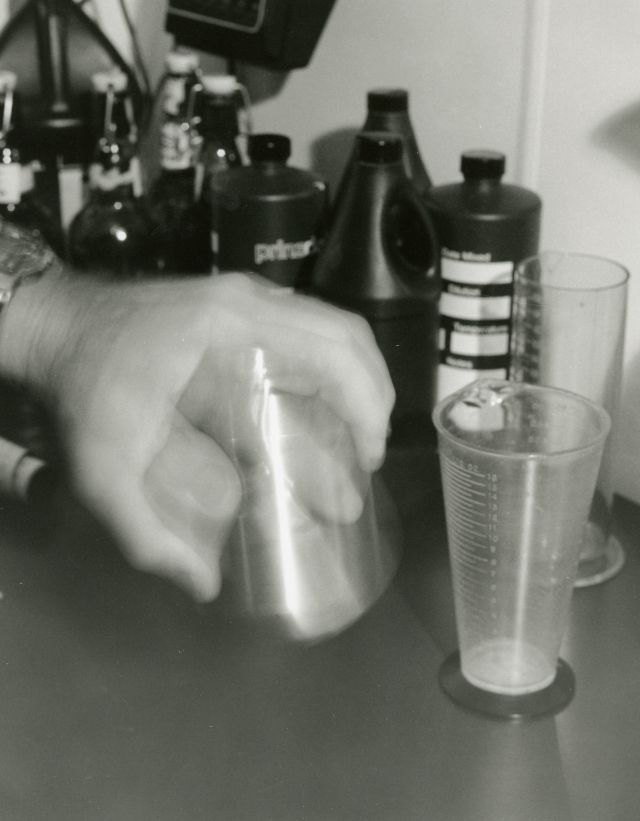 |
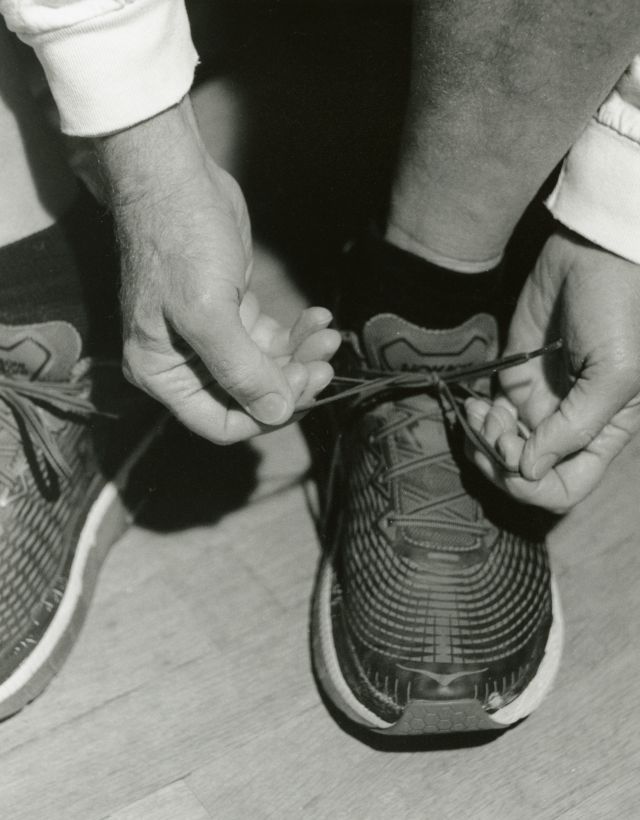 |
 |
 |
 |
 |
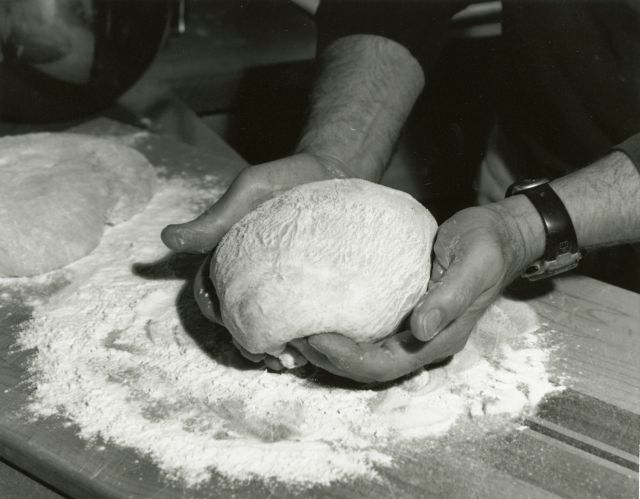 |
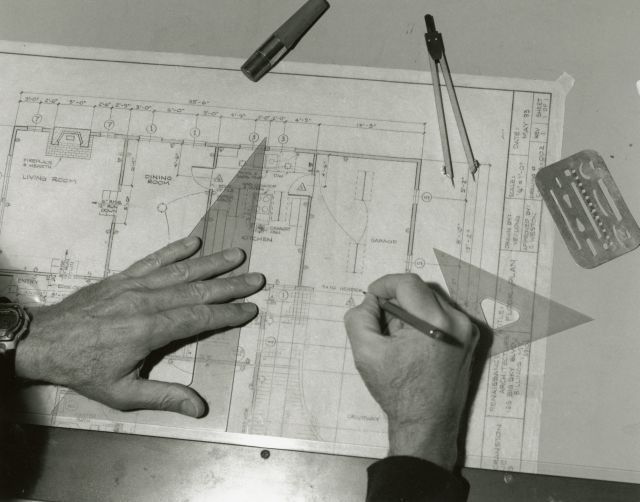 |
 |
 |
 |
 |
|
Click on an image to enlarge it.
Click to goto to the next page: Into the Fine Arts - Part 2
Updated January 2021.
